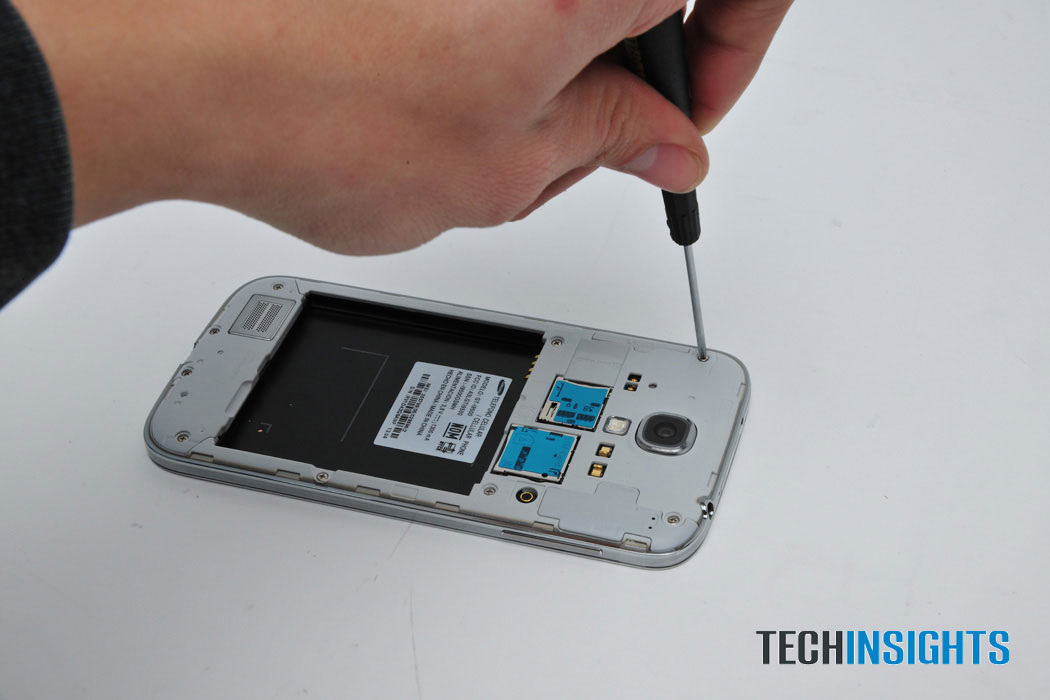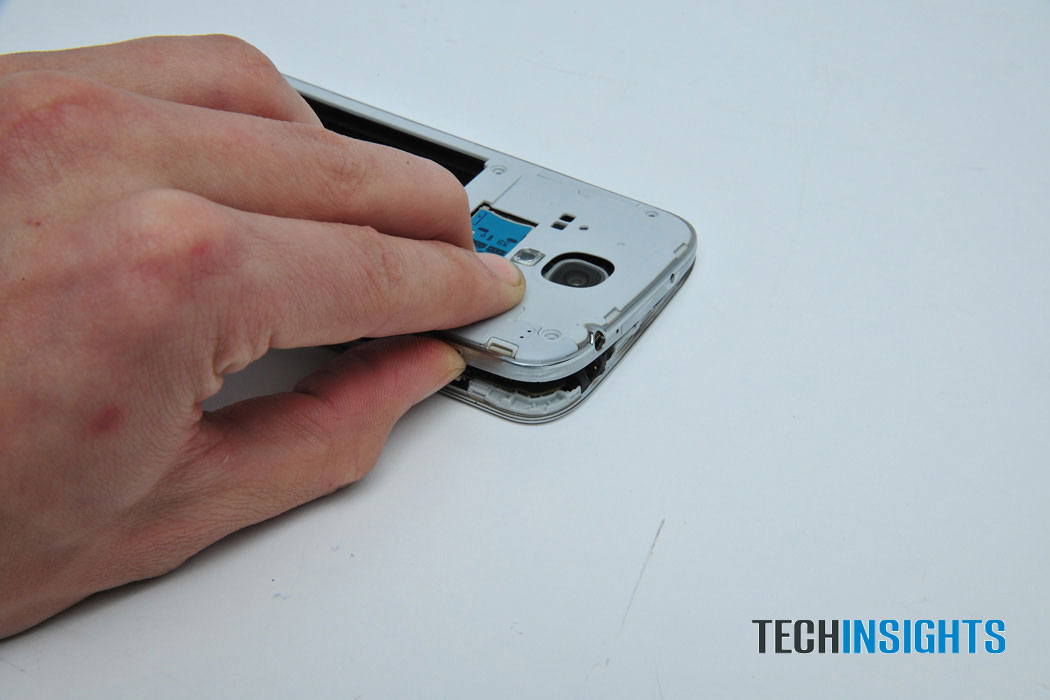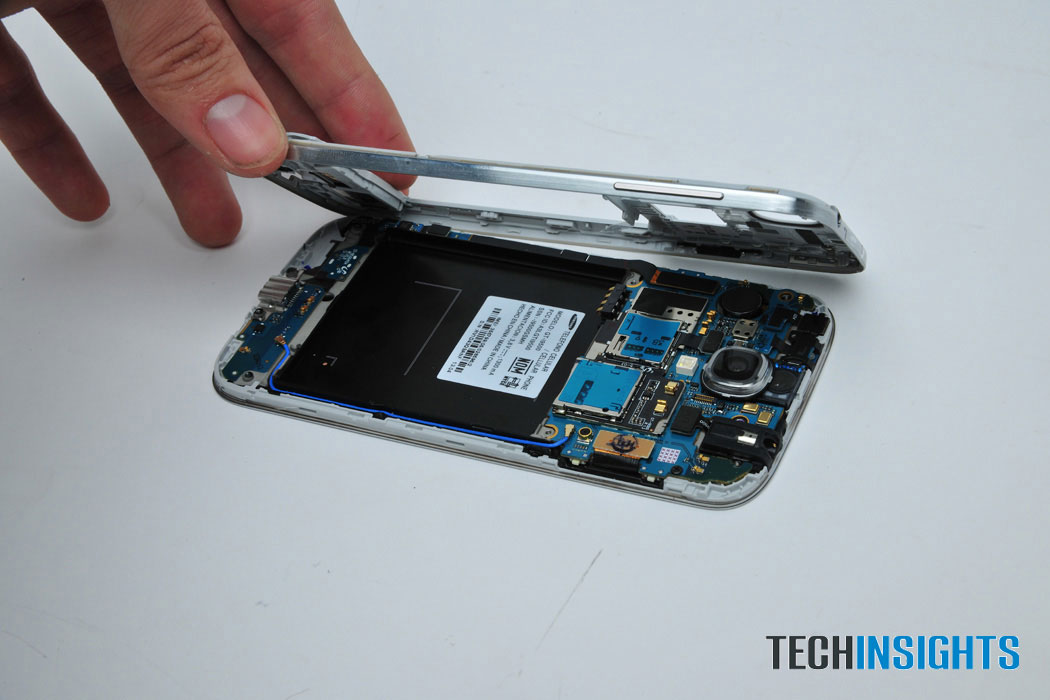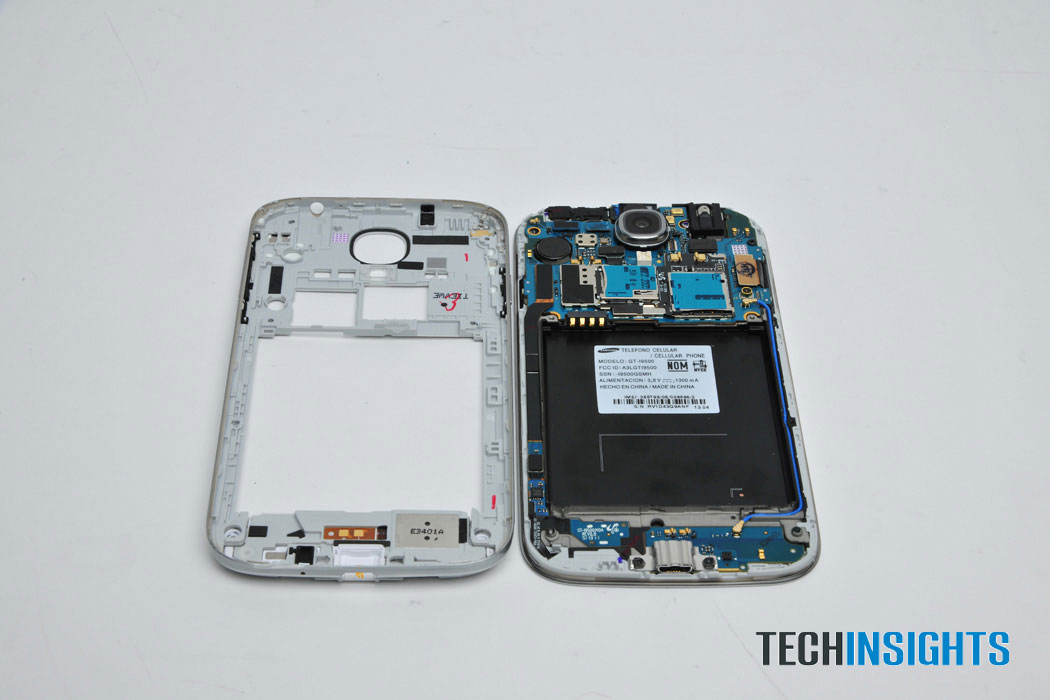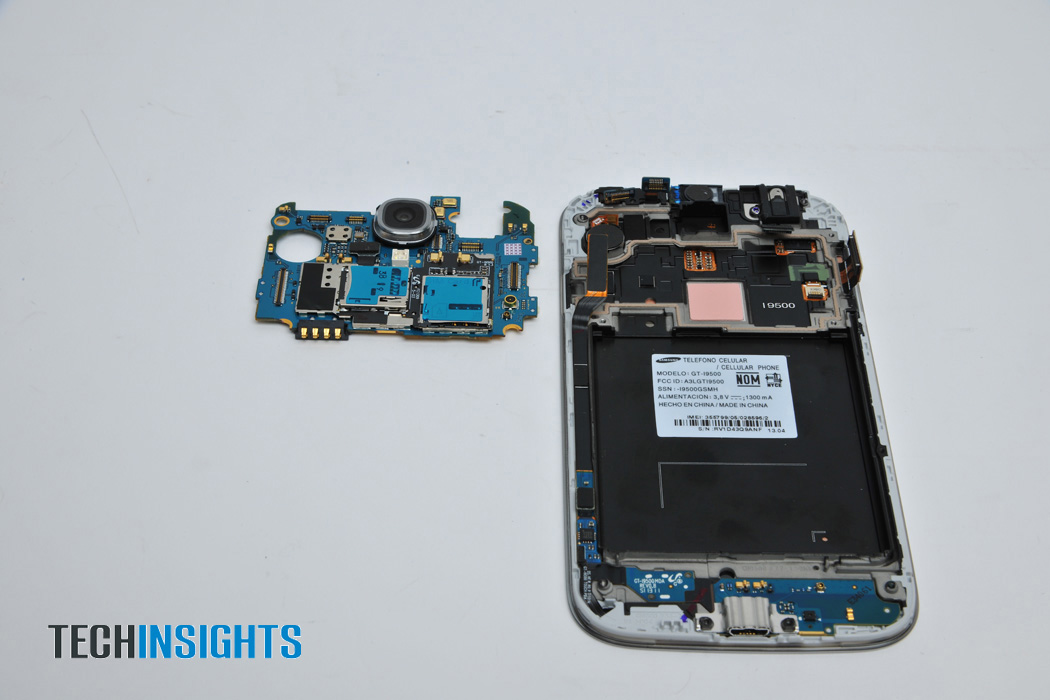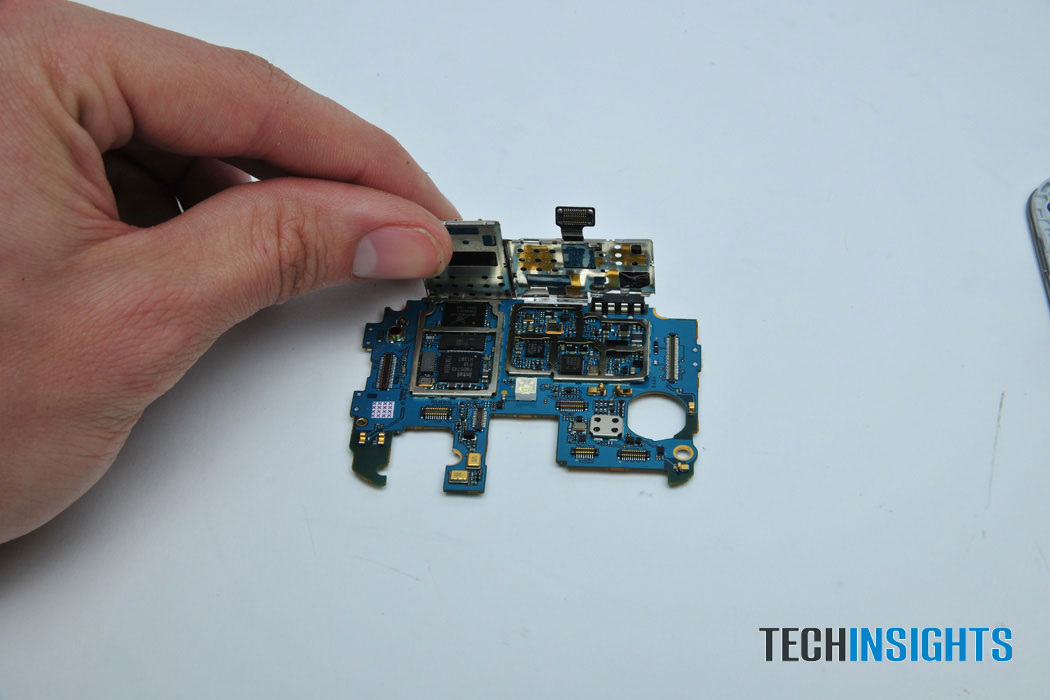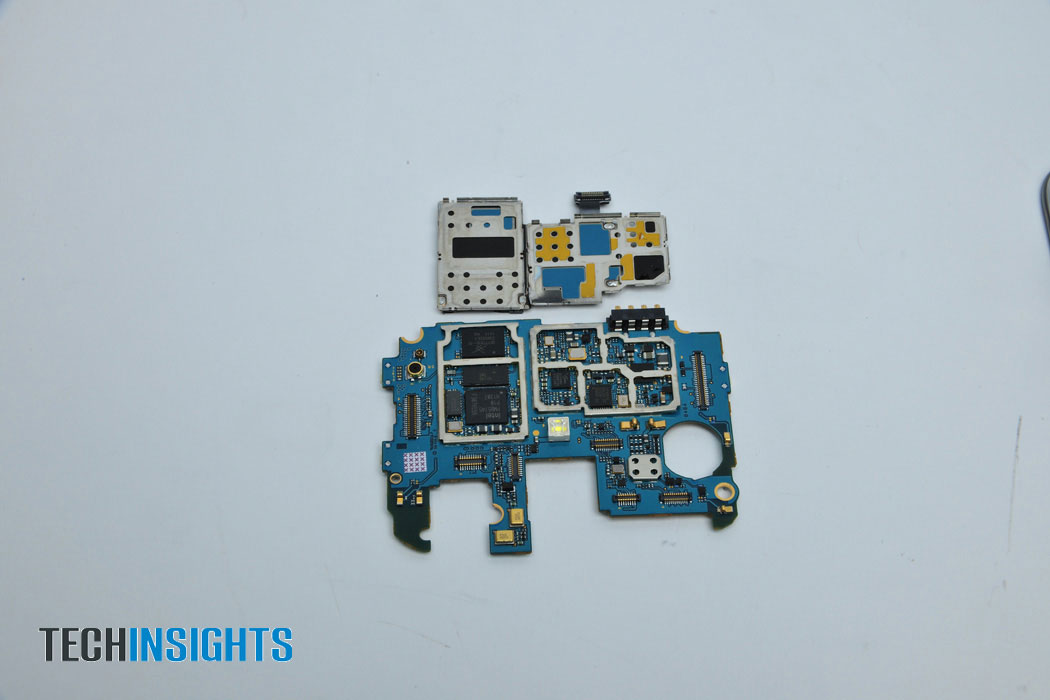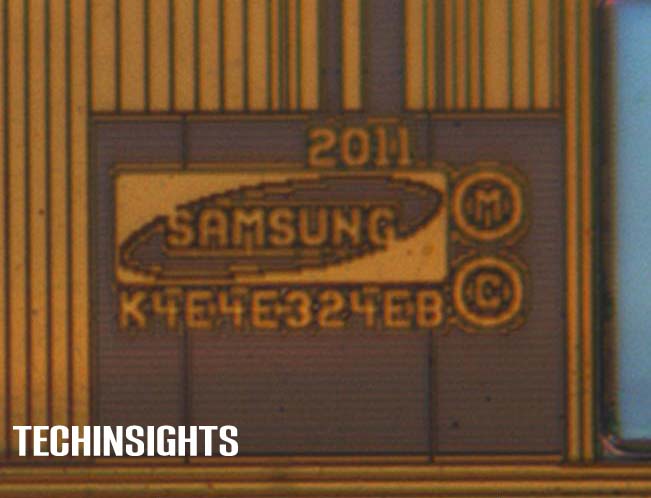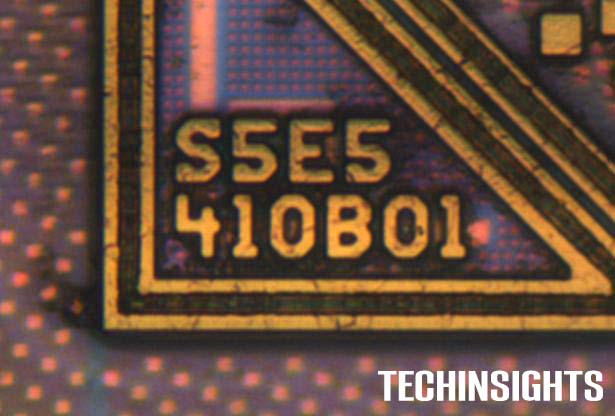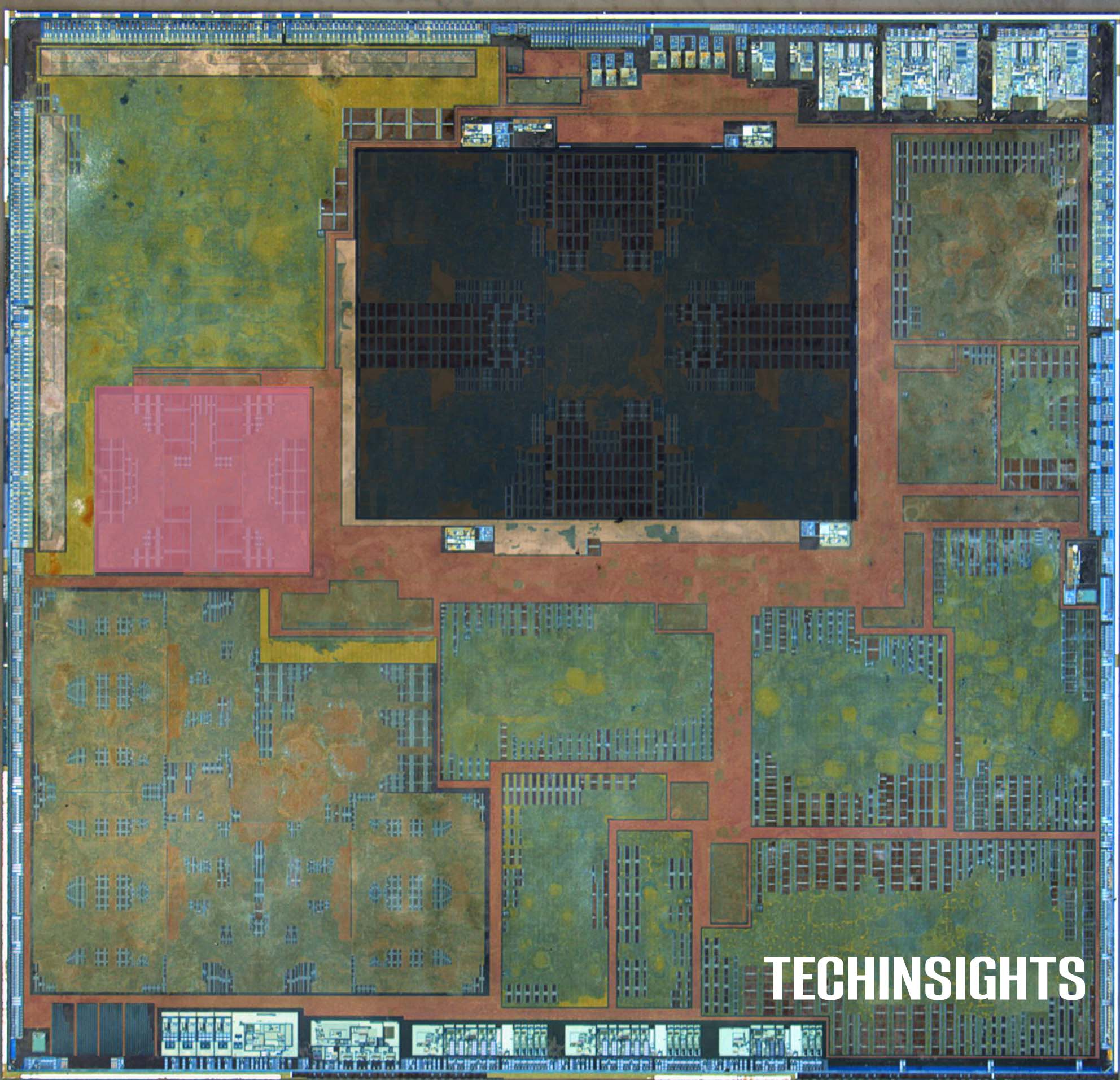Posted: April 24, 2013
Inside the Samsung Galaxy S4 Smartphone – Cementing a legacy
If there is one thing I have learned in my years on this planet, it would be that it is human nature to staunchly choose sides. Whether it is Republican or Democrat, Coke or Pepsi, and Mac or PC, people love to rally behind the products they love and disparage the ones they don’t. In the case of the smartphone industry, this product battle was an evolution, albeit a slow one. Smartphones had been around for some time before the Apple iPhone changed the industry. Suddenly, smartphones were cool and, to be cool, one naturally had to forgo their BlackBerry or Nokia for an iPhone and it’s simple, intuitive iOS operating system and iPod integration. Just like anything designated “cool” by the masses, a counter-culture to the iPhone phenomenon had to exist for those who didn’t want to “conform” to the masses and purchase an Apple handset. When Google introduced the Android OS, the opposite crowd rallied behind it and the argument became Apple vs. Android.
Samsung then introduced the Galaxy S handset. Incorporating the Android OS platform and a similar approach to design like Apple, Samsung took a design approach of giving consumers more than what the current version of the iPhone could offer. Give them everything the iPhone can do, and then give them MORE. The Galaxy S became the flagship handset not only of Samsung but also of the Android platform. The Samsung Galaxy SII built up the success of the S upon its release and helped pull Android’s usage numbers ahead of iOS. Then came the handset that firmly established Samsung as the choice of the handset counter-culture – the Samsung Galaxy SIII. The SIII, offering many features that its competitor, the iPhone 4, could not match, was a resounding success – selling over 40 million units since its launch. A larger, high-resolution screen, a more powerful quad-core processor (or dual-core for some models) and LTE coverage offered by the Samsung Galaxy SIII helped create new battle lines. You were now in one of two camps – iPhone or Galaxy S.
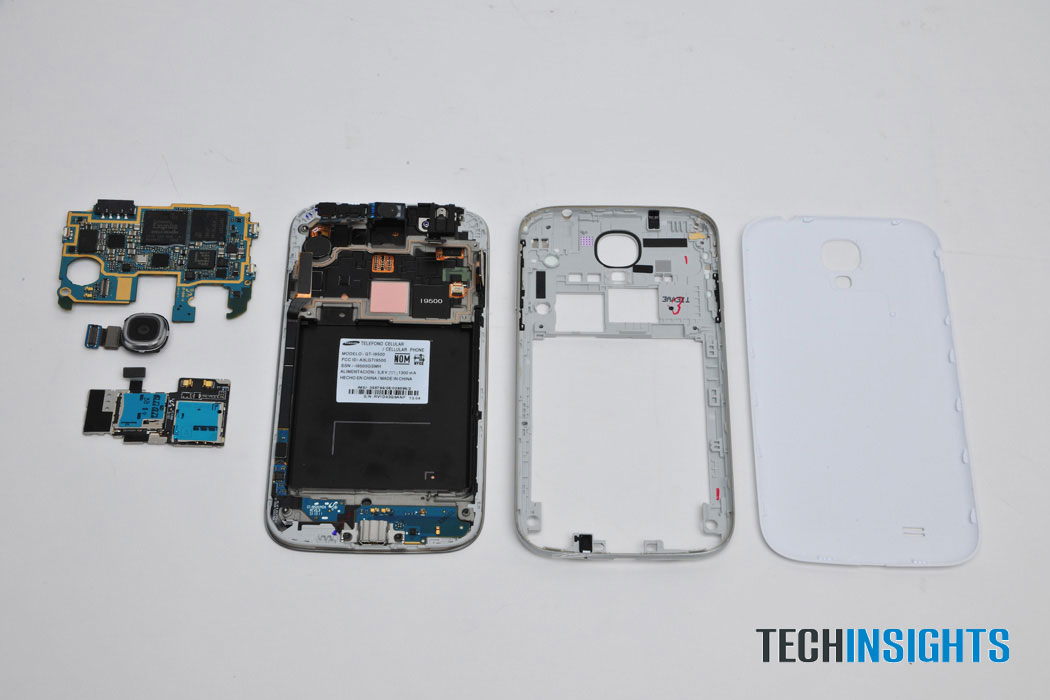
Samsung Galaxy S4 Teardown
Go no further than any popular electronics site like Engadget or Gizmodo to see the vitriol these two camps throw at each other in an attempt to persuade others that their handset is better than the competitors. When the iPhone 5 was released in September, Galaxy S fans scoffed at Apple’s latest offering, deriding the product as a feeble attempt at offering what the Galaxy SIII already did months before when it was launched. It was then that the hype for the Samsung Galaxy SIV began in earnest. “Can you imagine what Samsung has up its sleeve for its next handset?” was a familiar refrain in the handset industry, as Samsung had firmly established itself as the innovator of the smartphone market. Speculations abound over what the next iteration of the Galaxy S would offer. Flexible screen? Eye-tracking? A new flavor of Android unseen on any other handset? Would Samsung be able to deliver on what was rumored as the next big thing in smartphones?
On March 14, at a press event in New York City, Samsung officially introduced the Samsung Galaxy SIV. Looking to overwhelm their competitors in the smartphone space with an array of features not yet seen before in other handsets, the Galaxy SIV went with the “bigger is better” adage. Now incorporating a 5-inch OLED display (taking a cue from the success of the Galaxy Note family of hybrid tablet-phones), certain models of the Samsung Galaxy SIV will also incorporate the first processor to utilize eight cores – the Samsung Exynos Octa. Using Android’s Jelly Bean 4.2.1 operating system, the Galaxy SIV features some technical firsts such as smarter eye-tracking software, for example Smart Pause and Smart Scroll, and a “hovering” feature that utilizes air gestures and finger movement to navigate through the OS.
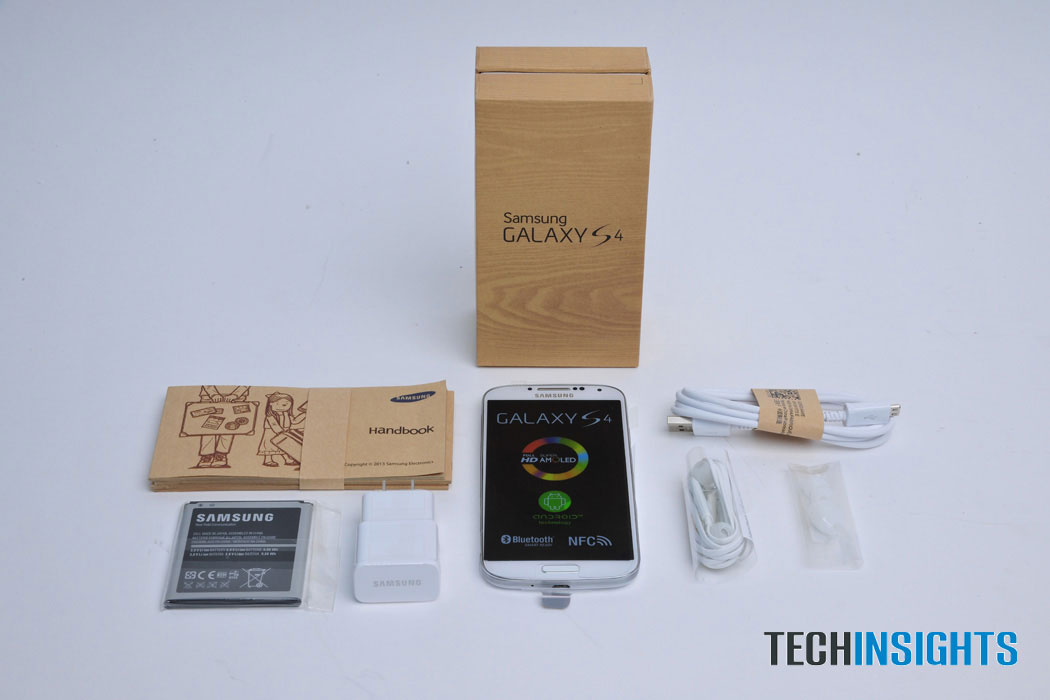
Samsung Galaxy S4 Teardown
Based on the resounding success of the Galaxy SIII, many in the industry are wondering if Samsung would be able to continue delivering on the technology inside their feature handset. Immediately noticeable upon removing it from its box is the screen-to-case ratio. It is evident that Samsung has maximized the size of the screen while reducing the size of the bezel around it. Doing so keeps the Galaxy S4 comparable in size and form factor to handsets with smaller screens like the Nexus 4 or the Galaxy S3. Utilizing a 5.0 inch screen featuring Samsung’s proprietary Super AMOLED (1080 x 1920 pixels) technology, the edges of the display nearly touch the sides of the phone.
At TechInsights, we took apart the GT-I9500 model. This version of the Samsung Galaxy S4 was not LTE-compliant but featured Samsung’s newest powerhouse processor, the Exynos Octa 5410. Claiming to be an eight-core processor, the Octa is one of the first processors to incorporate the “big-little” design utilizing four 1.6 GHz ARM Cortex-A15 cores and four 1.2 GHz ARM Cortex-A7 cores.
Samsung Galaxy S4 - Board Shots
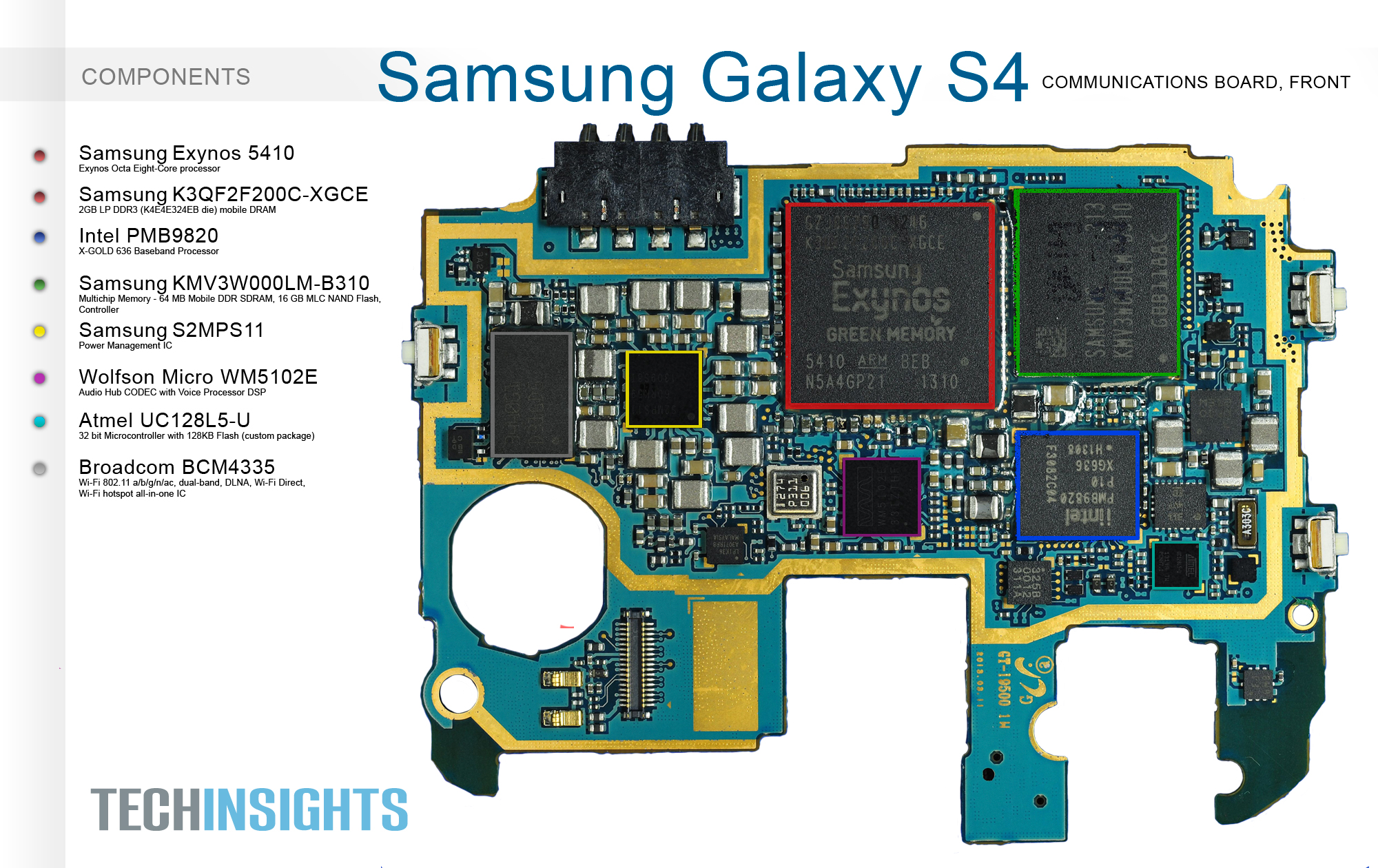
Samsung Galaxy S4 Board Front

Samsung Galaxy S4 Board Back
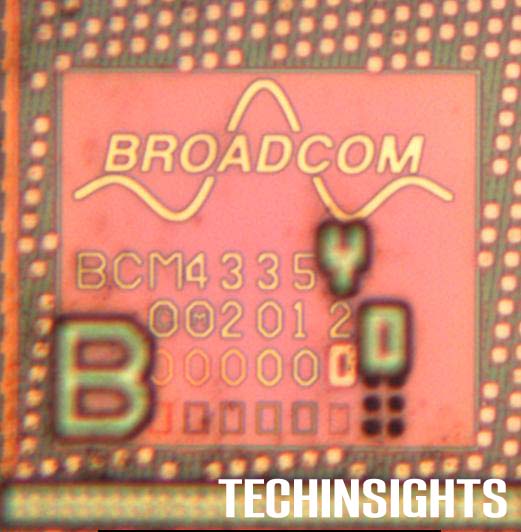
BCM4335
Broadcom
Broadcom continues its reputation of securing high-profile socket wins within high-profile handset devices. Apart from providing devices to the iPhone, Broadcom has previously used the Galaxy to introduce new components. With the Galaxy S4, we find the first use of their new Broadcom BCM4335 all-encompassing wireless IC for Wi-Fi 802.11 a/b/g/n/ac, dual-band, DLNA, Wi-Fi Direct, and Wi-Fi hotspot. Broadcom previously introduced the BCM4334 first in the Samsung Galaxy S3 GT-I9300 model.
Broadcom doesn’t stop there though. The Samsung Galaxy S4 is also the first appearance of Broadcom’s newest NFC IC, the BCM20794. We had previously seen use of the BCM20793 in the Samsung Google Nexus 10 tablet. Broadcom also provides the GPS receiver with the BCM47521 securing three major socket wins for the California-based company.
Other Design Wins
Other notable design wins include Maxim’s MAX77803 providing further power management, Wolfson Micro’s WM5102 providing the audio codec, and Atmel’s UC128L5-U as the 32-bit microcontroller with 128KB of flash. The Synaptics S5000B is a high sensitivity capacitive touchscreen controller that enables many of the phone's novel gesture functions. Another user interface innovation is provided by the MAX88920 gesture sensor, which enables touchless interaction. Keep checking back here to see what other devices we uncover as we continue our decap process on the components inside.
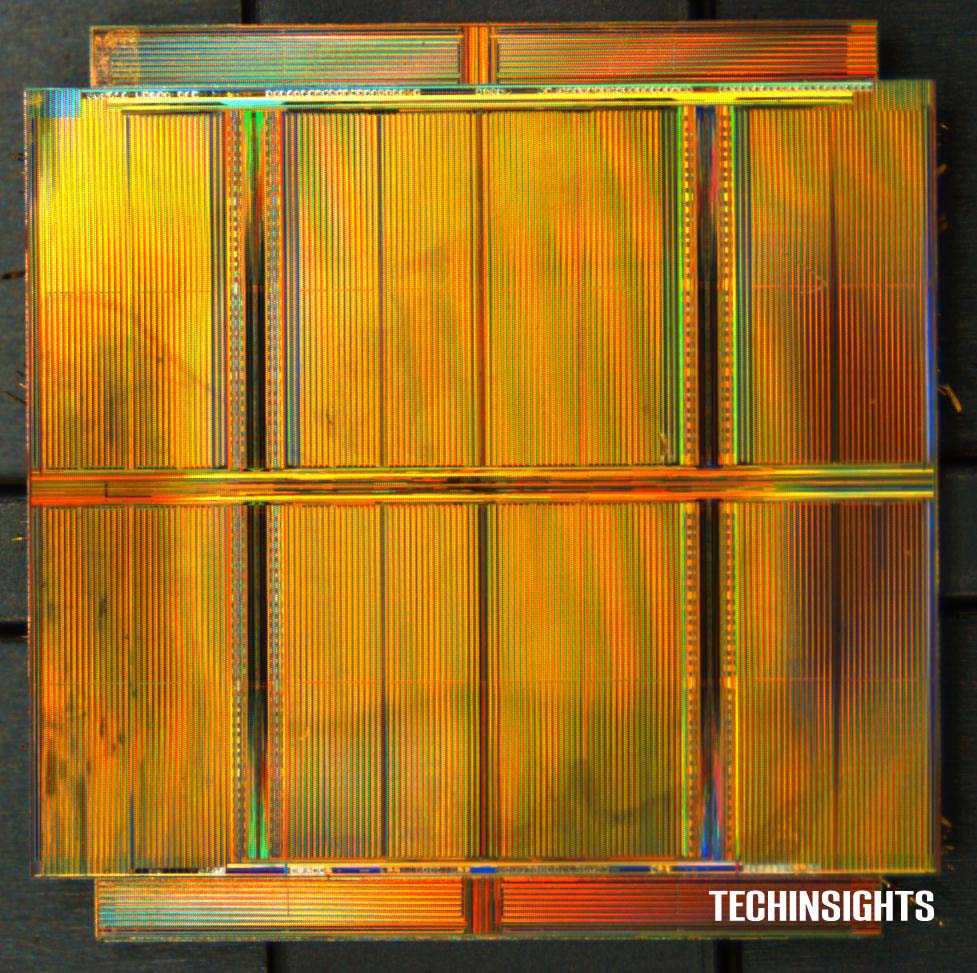
Samsung DDR3 DRAM
Samsung DDR3 DRAM
In our teardown of the Galaxy S3, what we discovered is that Samsung used their flagship handset to introduce new technologies with their IC designs. Not only did the S3 introduce a new processor, but also a new process node in the corresponding DRAM memory. Much like the S3, the I9500 model of the Galaxy S4 features a new processor, but also a new form of processor memory. Paired with the Exynos 5410 Octa, is a new low-power DDR3 DRAM (LPDDR3) device from Samsung. With the package marking of K3QF2F200C-XGCE, decapping the device reveals the K4E4E324EB die, which corresponds to Samsung LPDDR3 memory.
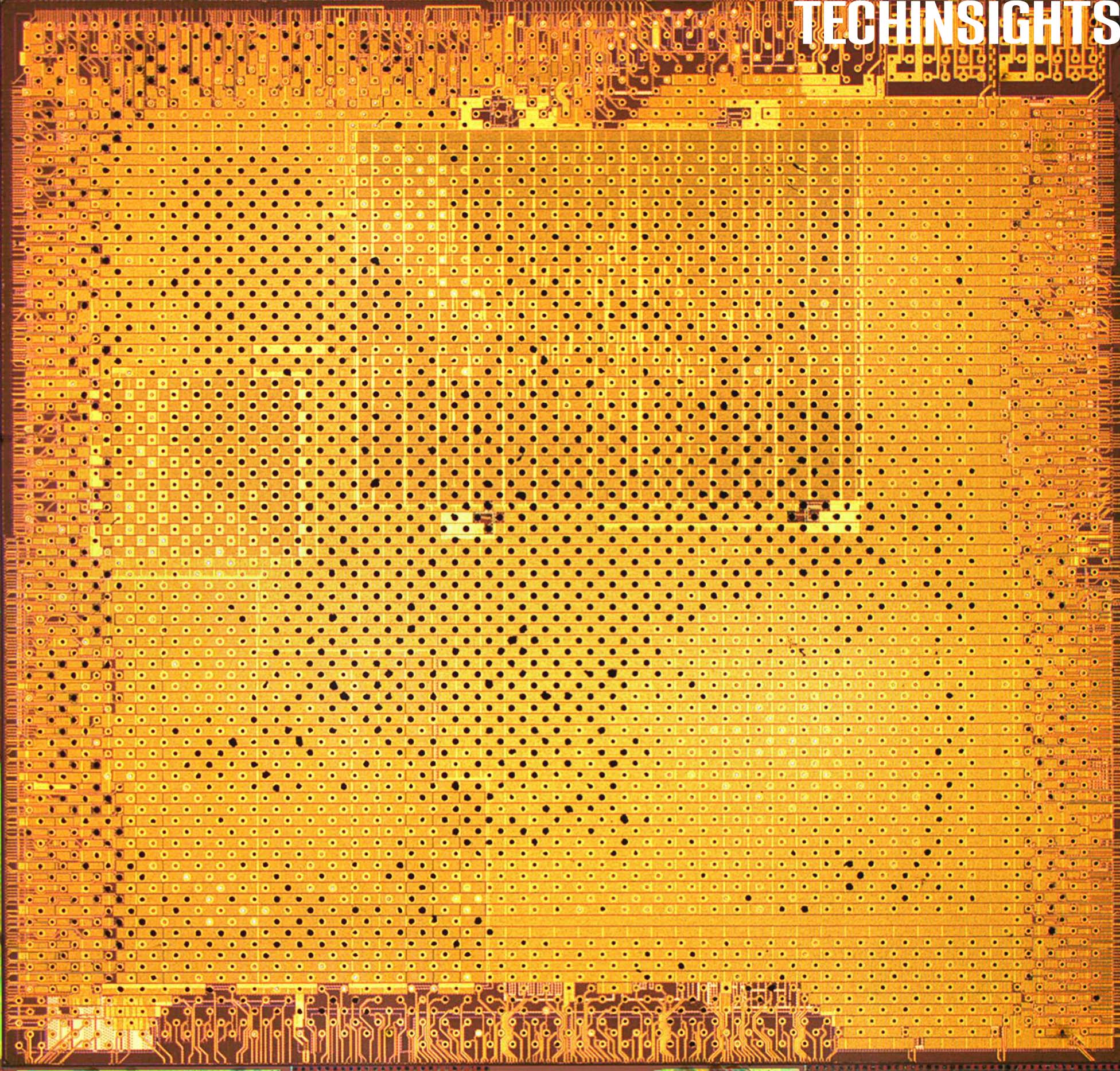
Samsung Exynos 5410
A closer look at the Samsung Exynos 5410 Octa Processor
Much has been written about the performance of Samsung’s newest Exynos processor and it’s eight-core design. Benchmark tests from other sites have shown that Samsung has been able to back their claims of developing one of the best mobile application processors on the market. Integrating four ARM Cortex-A7 cores with four ARM Cortex-A15 cores developed on a 28nm low-power high-k metal-gate process from Samsung’s own foundry, the Exynos 5410 Octa processor claims to use the first set of quad-core processors to maximize performance, with the second set used to maximize energy efficiency. Considered a “big-little” architecture, the “little” portion, the ARM Cortex-A7 cores supposedly do the yeomen’s work. At some point, this architecture powers down the A7 cores and switches the workload over to the ARM Cortex-A15 cores. It’s unknown at this time if there is any circumstance where both these sets of cores run in parallel with each other. The main processor die has an area of ~122 mm². In comparison to the Exynos Quad, which featured a die area of 78.26 mm², the Exynos 5410 Octa is 36% larger in die area than its predecessor.
As seen in this diffusion image of the Samsung Exynos Octa 5410, the quad-core Cortex-A15s (in black) occupies approximately five times the area of the quad-core Cortex-A7 (in pink) arrangement.
With over 100 million units sold from the Galaxy S family of handsets, the Korean manufacturer Samsung knows they have a definite competitor to the iPhone. Will the Galaxy S4 be able to capitalize on the momentum that came with the Galaxy S3 (40 million units sold and counting) or will consumers, in general, weary of upgrading every year? From a technical standpoint, the Galaxy S4 is an improvement over its predecessor, but time will tell if those improvements are enough to persuade customers to hand over their money.





